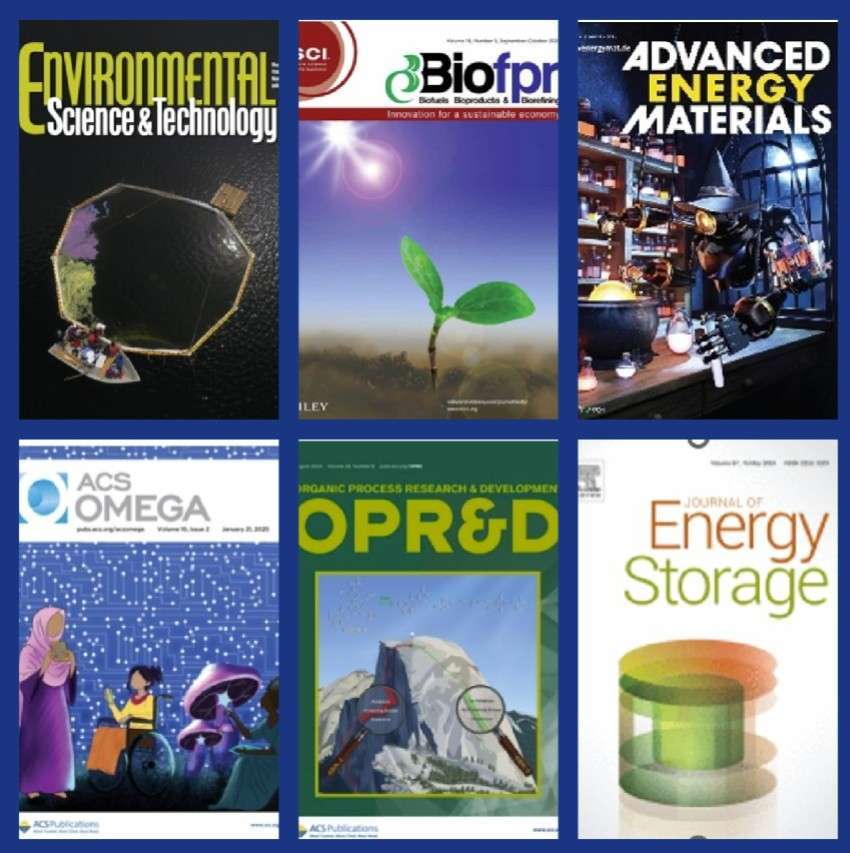Fluid control terminology can be confusing, even for experienced professionals. Moreover, preferred usage sometimes varies according to specific geographic locations, industries and applications. Consult our glossary below for practical explanations of flow and pressure control terms. Feel free to contact us with questions and comments. Disclaimer: While this glossary has been carefully compiled, definitions are based on Equilibar’s interpretation and experience and may at times vary from specific definitions used by others.


